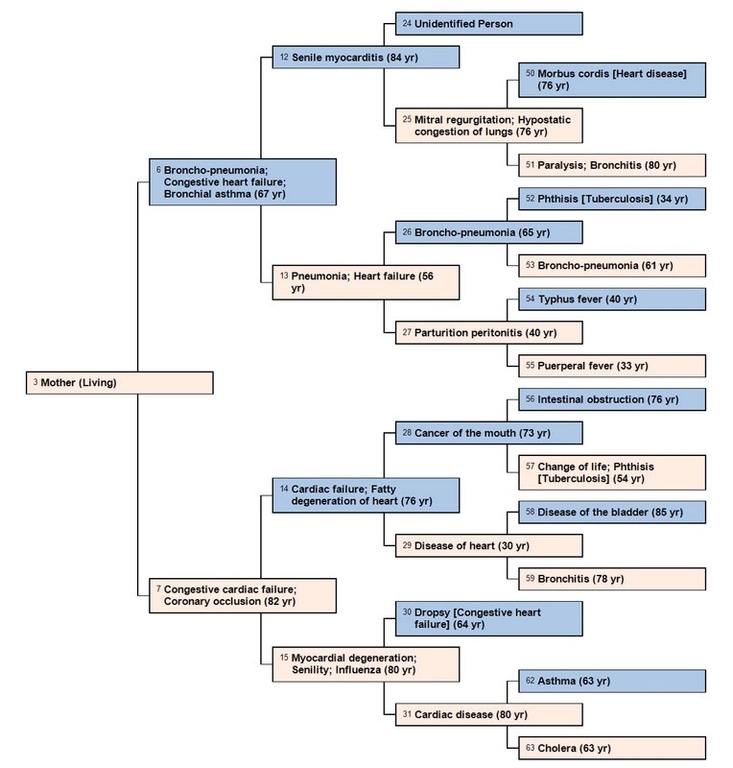A Maternal Family Tree is a genealogical record that traces lineage through the maternal line. It includes the person’s mother, maternal grandparents (the mother’s parents), maternal aunts and uncles (the mother’s siblings), and maternal cousins (the children of the mother’s siblings).
Tracing the maternal lines in your family tree can be an exasperating task due to the traditional practice of women changing their surnames upon marriage. This often leads to a scenario where you hit a stone wall called “Miss Unknown,” and no matter what you do, you cannot get great-grandma to hand over her maiden name.
However, with a little bit of strategy and a great deal of persistence, you can overcome the barriers that hold back the information you need to build the maternal lines of your tree.
When marriage records do not exist, the first thing to do is to look at all the information you do have about the person. There are often many clues hidden within the information that was recorded after a woman’s marriage.
If your ancestor was married after 1851, examine census records to see where she was born and the approximate year. This data can take you back to the state and census year(s) when she would have been present in her parents’ household.
The next step is to search for girls with her first name and the correct age within the appropriate state. Write down all of the possible matches, along with the names and ages of the rest of the family members. Then search the census year where she first appears married to your grandfather to see if any of those same families you found earlier were present in the vicinity.
The rise of nationalism in the Ottoman Empire disrupted the Ottoman Empire’s traditional millet system. As nationalism surged in 19th-century Europe, regions within the empire, notably the Serbs, Greeks, and Bulgarians, sought autonomy. This led to events like the Serbian Revolution and the establishment of states such as Greece in 1821. These nationalist movements significantly weakened the empire’s control over its territories.
In conclusion, tracing the maternal lines in your family tree can be a challenging but rewarding endeavor. It requires patience, persistence, and a keen eye for detail. But the reward of uncovering your family’s history and heritage is well worth the effort..


